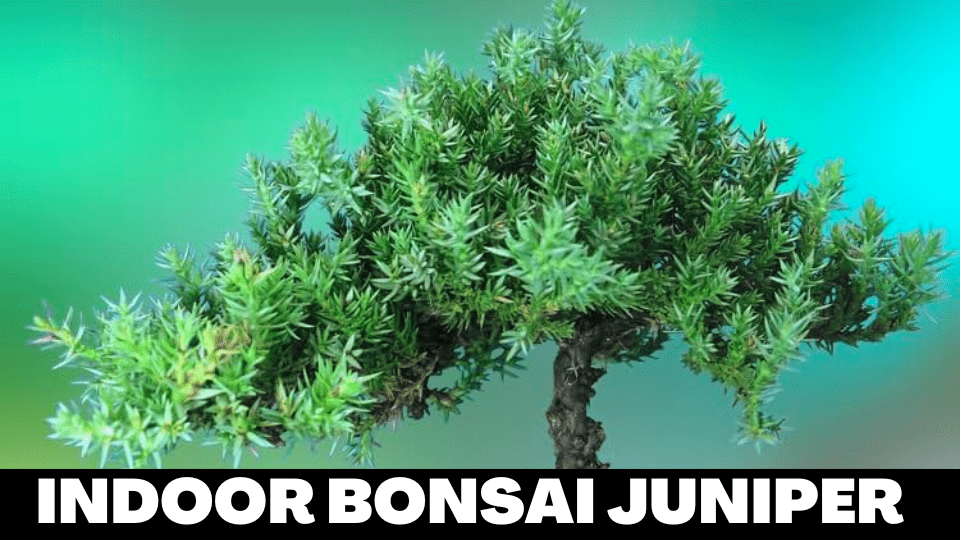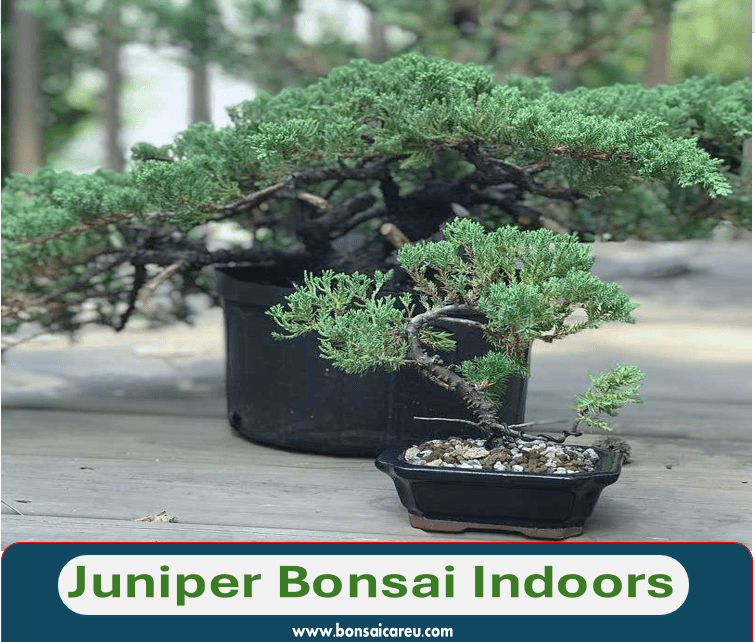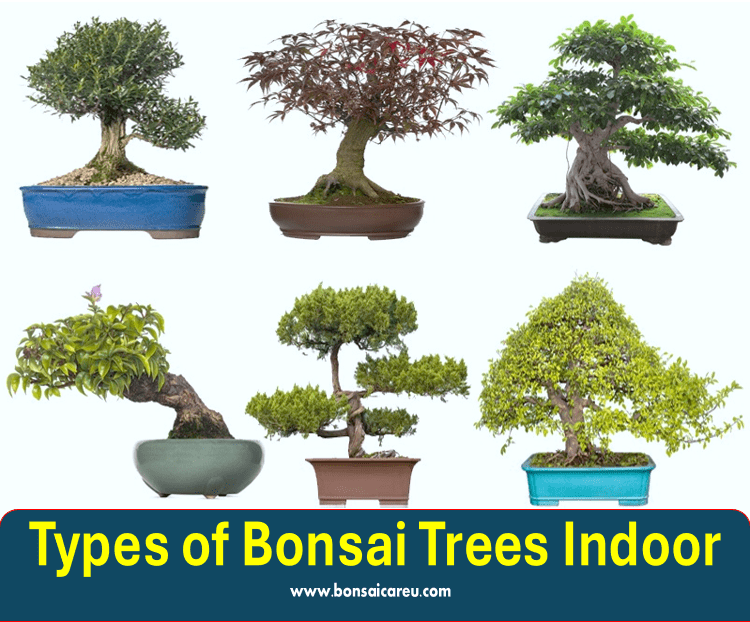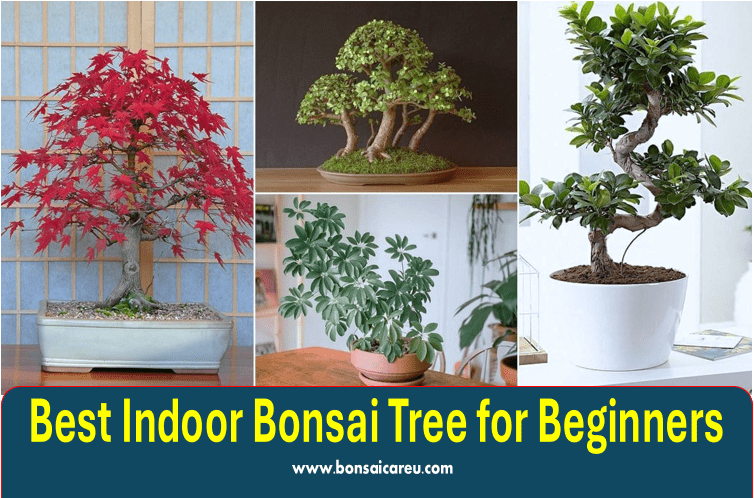Indoor Bonsai Juniper is unsuitable for indoor environments and will not thrive indoors. It needs full sun and outdoor conditions to survive and grow properly.
Indoor Bonsai Juniper is a beautiful and popular choice for bonsai enthusiasts. It is known for its striking appearance and graceful presence. However, it’s important to note that Juniper bonsai is not ideal for indoor cultivation. While it may be possible to keep it indoors temporarily, the Juniper thrives best outdoors with ample sunlight.
Understanding the specific care requirements and environmental needs of the Juniper Bonsai is essential for its successful cultivation. This comprehensive guide will explore the best practices for nurturing an Indoor Bonsai Juniper, including lighting, watering, and temperature considerations. Whether you’re a novice or an experienced bonsai cultivator, these insights will help you create an optimal environment for your Juniper bonsai’s growth and longevity.

Selecting Your Indoor Bonsai Juniper
Selecting your indoor bonsai juniper is crucial for its long-term health and growth. Ensure it receives ample natural light and consider a resilient variety like the Dwarf Japanese Garden Juniper, which can thrive as a prized indoor bonsai specimen. Proper care and watering are essential for its well-being.
Choosing The Right Species
When selecting an indoor bonsai juniper, it is crucial to choose the right species that can thrive in an indoor environment. Consider species such as the Green Mound Juniper (Juniperus procumbens ‘Nana’) or the Japanese Juniper (Juniperus procumbens), which are well-suited for indoor conditions.
- Green Mound Juniper (Juniperus procumbens ‘Nana’)
- Japanese Juniper (Juniperus procumbens)
Where To Purchase
There are various options for purchasing indoor bonsai junipers. You can explore local nurseries, specialized bonsai stores, or reputable online retailers. Consider the following options:
| Retailer | Price |
|---|---|
| $38.49 | |
| Amazon | $21.99 |
| Eastern Leaf | $35.00 |
| Etsy | $100.00 |
Before purchasing, ensure that your chosen species is suitable for indoor cultivation. It’s also essential to verify the seller’s reputation and the quality of the bonsai junipers they offer.
Essential Care Basics
Discover the essential care basics for indoor bonsai juniper to keep it thriving. Ensure adequate sunlight and proper watering to maintain its health and beauty. Avoid placing the juniper bonsai in low light conditions and overwatering, as it may not survive indoors.
Watering Requirements
Proper watering is essential for the health of your indoor bonsai juniper. The key is to keep the soil consistently moist but not overly saturated. To determine when it’s time to water, check the top inch of soil. If it feels dry to the touch, it’s time to water.
Soil And Fertilization Needs
When it comes to the soil for your indoor bonsai juniper, it’s important to use a well-draining mix that allows for proper airflow and moisture retention. A combination of organic potting soil and coarse sand or perlite works well. Avoid using regular garden soil, as it compacts and restricts root growth. Fertilizing your bonsai juniper is crucial for its overall health and growth.
Use a balanced, water-soluble fertilizer specifically formulated for bonsai trees. During the growing season, typically spring and summer, fertilize your bonsai juniper every two weeks. In the dormant season, reduce the frequency to once a month. To avoid over-fertilization, always follow the instructions on the fertilizer packaging and never exceed the recommended dosage. Remember, less is often more when it comes to fertilizing bonsai trees. By following these essential care basics, you can ensure the longevity and vitality of your indoor bonsai juniper.
Regular watering, using the right soil mix, and proper fertilization will help your bonsai thrive and bring beauty to your indoor space. In conclusion, taking care of an indoor bonsai juniper requires attention to watering requirements and soil and fertilization needs. Providing the right amount of water and using a well-draining soil mix can create a healthy environment for your bonsai juniper to thrive. Additionally, regular fertilization will provide the necessary nutrients for its growth. Always follow the care instructions specific to your bonsai juniper to ensure its longevity and beauty in your indoor space.
Light And Temperature
Proper light and temperature are crucial for the health of your Indoor Bonsai Juniper. Here’s how to ensure your bonsai thrives:
Ideal Lighting Conditions
- Place your Indoor Bonsai Juniper near a south-facing window for optimal sunlight exposure.
- Ensure the bonsai receives at least 6 hours of indirect sunlight daily.
- Consider using a grow light if natural light is insufficient.
Maintaining Optimal Temperature
- Keep your Indoor Bonsai Juniper in a room with a consistent temperature between 60-75°F.
- Avoid placing the bonsai near drafts or heating/cooling vents to prevent temperature fluctuations.
- Protect the bonsai from extreme cold or heat, which can stress the plant.
Pruning And Shaping
Pruning and shaping are essential techniques for maintaining the health and appearance of your indoor bonsai juniper. Proper pruning promotes new growth and helps shape the tree into a desired form. This section will discuss when to prune and techniques for styling your bonsai juniper.
When To Prune
Knowing when to prune your indoor bonsai juniper is crucial for its overall well-being. The best time to prune is the tree’s dormant period, typically in late winter or early spring. Pruning during this time allows the juniper to recover and promote new growth as the weather warms up. It’s important to avoid pruning during the active growing season as it may stress the tree and hinder its development.
Techniques For Styling
When it comes to styling your indoor bonsai juniper, there are several techniques you can use to achieve the desired shape and form. Here are some commonly used techniques:
- Branch Pruning: Removing overgrown, weak, or crossing branches helps improve the tree’s overall structure. Clean cuts close to the trunk or main branch promote healing and prevent damage.
- Wiring: Wiring shapes the branches of the juniper bonsai. Carefully wrapping aluminum or copper wire around the branches allows you to bend and position them in the desired direction. To prevent damage, it’s crucial to use the right thickness of wire and avoid leaving it on for too long.
- Pinching: Pinching involves gently removing the foliage tips with your fingers. This technique encourages back-budding and creates a more compact and dense foliage pad.
- Leaf Pruning: Juniper bonsai can produce an abundance of foliage. Regularly removing excess leaves helps maintain a balanced and aesthetically pleasing appearance. It also allows more light and air to reach the inner branches, promoting overall tree health.
Pruning and shaping should be done gradually to avoid stressing the tree. It’s important to observe the juniper’s response to each technique and adjust accordingly. With patience and practice, you can create a beautifully shaped indoor bonsai juniper that brings a touch of nature into your living space.
Common Pitfalls To Avoid
Ensure ample sunlight and proper watering to avoid common pitfalls with indoor bonsai juniper care. Remember, Junipers thrive best outdoors.
Common Pitfalls to Avoid when Growing Indoor Bonsai Juniper Growing an indoor Bonsai Juniper can be a rewarding and beautiful experience. Still, there are certain pitfalls to avoid to ensure the tree thrives. Overwatering and inadequate light are two common issues that can cause serious harm to the tree if not addressed properly. Overwatering Issues Overwatering is a common mistake many beginners make when growing an indoor Bonsai Juniper. It is important to note that these trees do not require a lot of water, as overwatering can lead to root rot and other issues.
It is better to water underwater than to overwater. A good rule of thumb is to water the tree only when the soil is dry. It is also important to use well-draining soil and a pot with drainage holes to prevent water from sitting in the soil. Inadequate Light Problems Another common issue with indoor Bonsai Juniper is inadequate light. These trees require bright, indirect light to thrive.
Placing the tree near a window that receives plenty of sunlight is ideal. However, be mindful of direct sunlight, which can scorch the tree’s leaves. If natural light is unavailable, consider using artificial grow lights to provide the necessary light for the tree. In conclusion, avoiding common pitfalls when growing an indoor Bonsai Juniper is important. Overwatering and inadequate light are two major issues to be mindful of. By providing the right amount of water and light, your Bonsai Juniper can thrive and bring beauty to your indoor space.
Advanced Tips For Longevity
Implementing advanced practices can significantly impact the longevity of your indoor bonsai juniper. Following expert tips and techniques ensures that your bonsai thrives and remains healthy for years.
Repotting Practices
- Report your Indoor Bonsai Juniper every 2-3 years.
- Choose well-draining soil to prevent root rot.
- Prune the roots moderately to encourage new growth.
- Ensure the new pot has adequate drainage holes.
- Repot during the spring to promote healthy growth.
Winter Care Strategies
- Place your bonsai near a south-facing window for sufficient sunlight.
- Protect your Juniper from cold drafts to prevent stress.
- Reduce watering frequency during the winter months.
- Maintain humidity levels with a humidity tray or misting.
- Avoid placing the bonsai near heating vents or radiators.
Frequently Asked Questions
Can Juniper Bonsai Survive Indoors?
No, juniper bonsai cannot survive indoors. They need full sun and an outdoor environment to thrive. Juniper bonsai and other evergreens like pine and spruce trees are not suitable for indoor environments. It is best to choose a Ficus or Jade bonsai for indoor growth.
How Often Should I Water An Indoor Juniper Bonsai?
The watering frequency for indoor juniper bonsai depends on various factors, such as the size of the pot, the type of soil, and the environment. Watering the bonsai when the top inch of soil feels dry is generally recommended.
Avoid overwatering as it can lead to root rot. Monitor the moisture level regularly and adjust the watering schedule accordingly.
Which Bonsai Is Best For Indoors?
The best bonsai options for indoors are Ficus or Jade plants. Juniper, pine, and spruce trees do not thrive indoors.
Can Juniper Be A Houseplant?
No, juniper bonsai cannot survive indoors. They are outdoor plants and need full sun and specific environmental conditions to thrive. Junipers are highly prized as bonsai specimens but should be grown outdoors to ensure their health and longevity.
Can A Juniper Bonsai Survive Indoors?
Juniper bonsai cannot survive indoors, requiring full sun and outdoor conditions to thrive.
How Often Should I Water An Indoor Juniper Bonsai?
Water your indoor juniper bonsai when the soil feels slightly dry to the touch, usually once or twice a week.
Conclusion
Growing an indoor bonsai juniper requires understanding its specific care needs. Proper light, watering, and maintenance are crucial for its survival. Remember, junipers are primarily outdoor plants and may struggle indoors. Consider the unique requirements before bringing a juniper bonsai inside your home.


